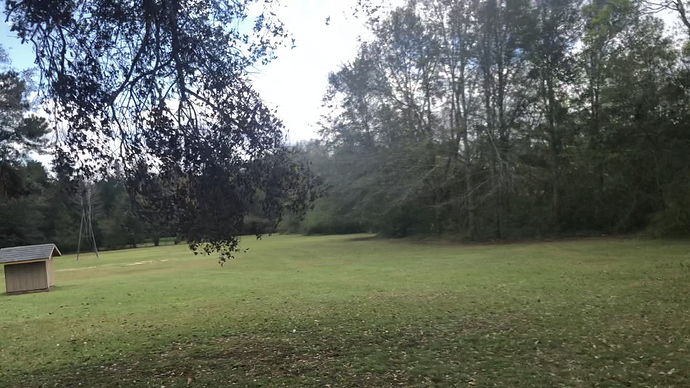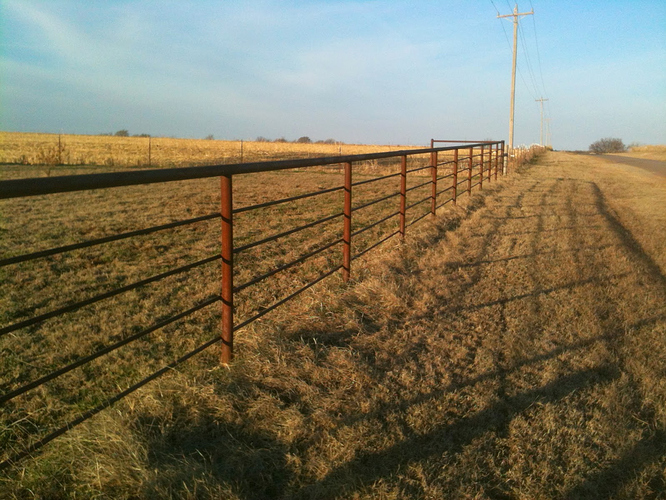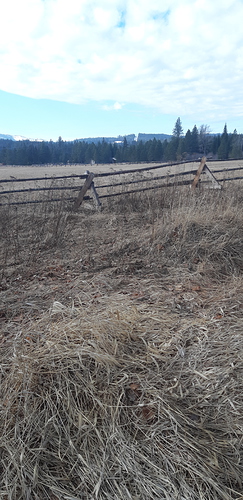You have to work to keep an Osage Orange, “hedge” fencerow controlled. Those are TOUGH trees if you have never dealt with them! The thorns are real, on everything. If left to themselves, they grow closely together in all directions, getting quite tall. Working in a thicket of them was a miserable job, trying to cut and move trunks of wood out to collect. The hard wood dulls chainsaws, axes, saws, real fast.
We had plenty of such hedges in Michigan, though more for windbreaks than livestock fencing. My Grampa considered them a crop to be harvested regularly for fence posts and firewood, tool handles. The wood is extremely dense, tight grained. He had a couple gate posts made of hedge, they were put in when he bought the farm as a young man. Still solid posts, used daily, over 50 years later when I was a kid. His fencing was all hedge posts, could not afford to buy fence posts back then. I never remember seeing a broken or rotted post.
Such hedges are still to be found near St Johns Michigan, protecting the mint fields. Fewer than there used to be, with farmers wanting bigger fields. It is major work to get the trees down, roots piled and burned. Some piles have burned for a couple weeks, driving by daily. Bright orange roots are very noticeable in piles. Those old hedges date from the 1930s, dust bowl times. Untrimmed or harvested, they are now quite wide, extremely thick with long branches hanging over the fields to shade the crops, snag machinery.
The linked article does not cover any of the issues of dealing with the mature Osage Orange trees, how much time and attention are needed to control the line of fence trees, keeping them tight and a narrow line . Picking up the fall fruit to prevent sprouting where you don’t want more trees. I laughed when I read they plan to put Mulberry trees in the holes of tree line. They won’t confine livestock who wants to push on thru. This plan does not sound like it will be what they wanted in time. They could not even water the new sprouts to keep them alive.

/wall-murals-traditional-slate-fence.jpg.jpg)





